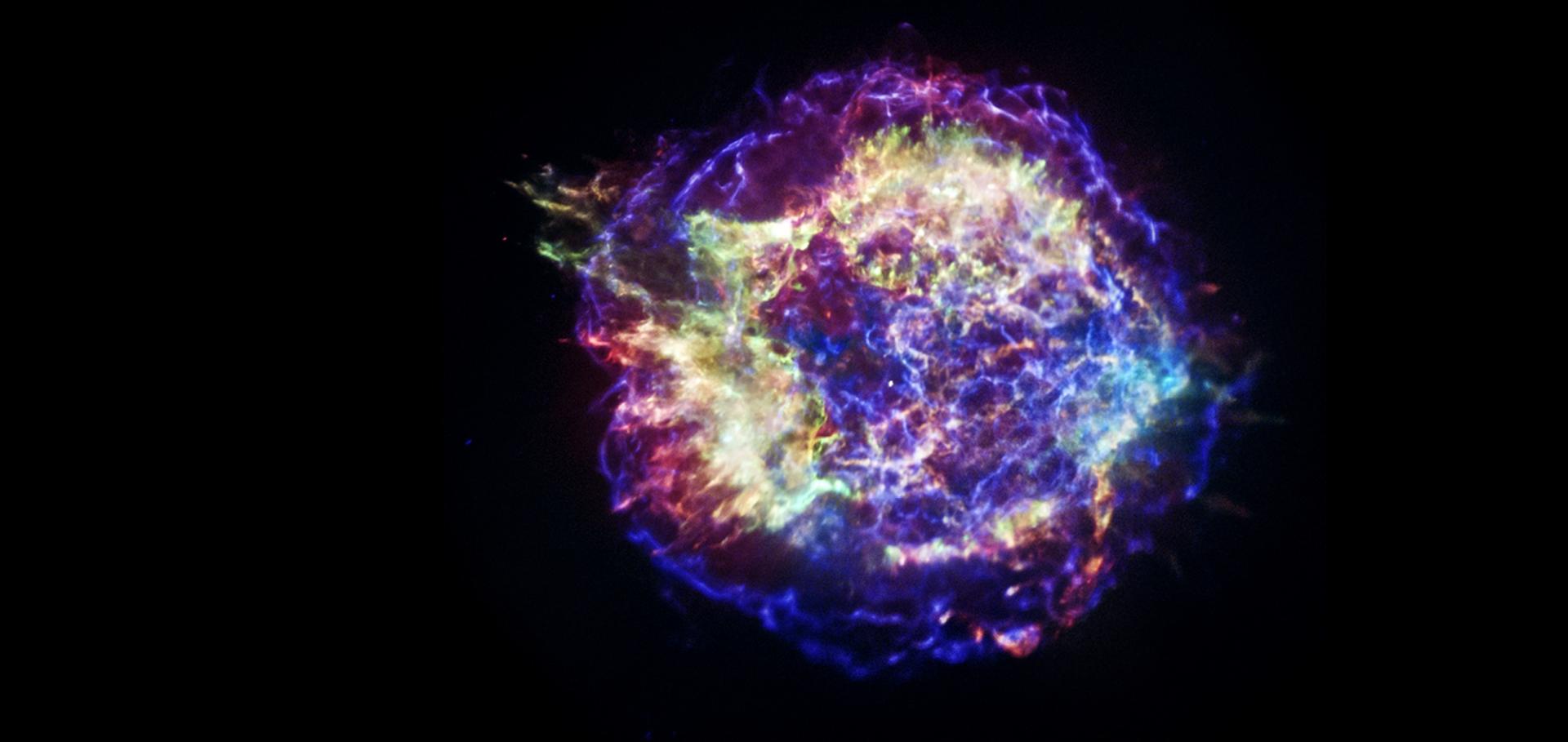The MeerKAT telescope as a pulsar facility: System verification and early science results from MeerTime
Publications of the Astronomical Society of Australia Cambridge University Press 37 (2020) e028
Abstract:
We describe system verification tests and early science results from the pulsar processor (PTUSE) developed for the newly commissioned 64-dish SARAO MeerKAT radio telescope in South Africa. MeerKAT is a high-gain low-system temperature radio array that currently operates at 580-1 670 MHz and can produce tied-array beams suitable for pulsar observations. This paper presents results from the MeerTime Large Survey Project and commissioning tests with PTUSE. Highlights include observations of the double pulsar, pulse profiles from 34 millisecond pulsars (MSPs) from a single 2.5-h observation of the Globular cluster Terzan 5, the rotation measure of Ter5O, a 420-sigma giant pulse from the Large Magellanic Cloud pulsar PSR , and nulling identified in the slow pulsar PSR J0633-2015. One of the key design specifications for MeerKAT was absolute timing errors of less than 5 ns using their novel precise time system. Our timing of two bright MSPs confirm that MeerKAT delivers exceptional timing. PSR exhibits a jitter limit of whilst timing of PSR over almost 11 months yields an rms residual of 66 ns with only 4 min integrations. Our results confirm that the MeerKAT is an exceptional pulsar telescope. The array can be split into four separate sub-arrays to time over 1 000 pulsars per day and the future deployment of S-band (1 750-3 500 MHz) receivers will further enhance its capabilities.Possible Phase-dependent Absorption Feature in the X-Ray Spectrum of the Middle-aged PSR J0659+1414
The Astrophysical Journal American Astronomical Society 869:2 (2018) 97
The Variable Pulsar Wind Nebula of PSR J1809–1917
The Astrophysical Journal American Astronomical Society 868:2 (2018) 119
Discovery of Extended Infrared Emission around the Neutron Star RXJ0806.4–4123* * Based on observations made with the NASA/ESA Hubble Space Telescope, obtained at the Space Telescope Science Institute, which is operated by the Association of Universities for Research in Astronomy, Inc., under NASA contract NAS 5-26555. These observations are associated with program GO-14745. † † Based on observations obtained at the Gemini Observatory, which is operated by the Association of Universities for Research in Astronomy, Inc., under a cooperative agreement with the NSF on behalf of the Gemini partnership: the National Science Foundation (United States), the National Research Council (Canada), CONICYT (Chile), Ministerio de Ciencia, Tecnología e Innovación Productiva (Argentina), and Ministério da Ciência, Tecnologia e Inovação (Brazil).
The Astrophysical Journal American Astronomical Society 865:1 (2018) 1
Discovery of extended infrared emission around the neutron star RX J0806.4-4123
(2018)


